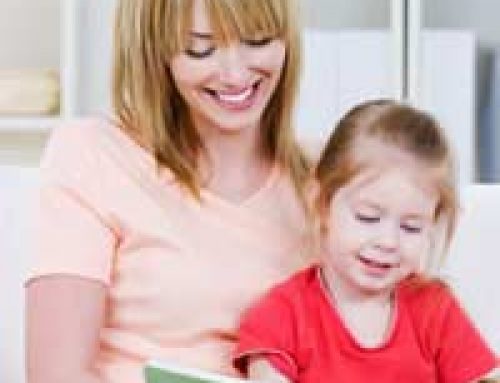
Young children are described as pre-schoolers when they’re between about three and five years of age and before they start going to school. Like other young children, this age group go through various developmental stages and reach key milestones.
Age Three To Four
When children reach the age of three, they’re moving away from their babyhood and fully into their childhood. Generally, they’ll have overcome some of the issues that may have caused irritation and tantrums during the so-called ‘terrible twos,’ and tend to be more relaxed. It’s helped by the fact that their vocabulary is growing all the time and they’re more able to express their needs and feelings vocally. They’ll now be learning far more words and will be able to put together more short sentences.
On a social and emotional level, a three year old will now be able to understand her first and last name, is aware of being a boy or girl and will be able to tell the difference between ‘he’ and ‘she’. Three year olds are keen on imitating the actions of anyone around them and have a growing ability to play with more children. They’re not so anxious about being away from their parents or carers now, although they won’t want to be separated for too long.
As far as mental development goes, three year olds will now be able to identify more colours, have a slightly better idea of time and will no longer put everything in their mouth. They’re able to match up similar objects, look at a book on their own and obey simple commands.
It’s noticeable that three year olds don’t need so much help and they’re able to climb stairs, run easily and put on their own shoes (although they won’t yet have mastered doing up laces). They’re able to have a go at feeding themselves – although it can be messy! – and they’re more adept at opening doors, so you need to be alert. Their growing independence may shine through in their desire to choose their own clothes and they may even be able to partially manage to dress themselves.
Age Four To Five
As your child becomes a four year old, they’re growing up even more and heading towards being five. By this stage in life, a child will have already made great strides in their learning and their mental, social and emotional development will be progressing.
As a four year old, your child will be more adept at talking and making conversation, even with people she doesn’t know so well. She’ll have a basic understanding of past and future tense, will be able to use longer sentences and can tell stories and remember stories she’s heard before. She’ll also be able to tell someone her name and address.
The attention span of this age group is slowly expanding too, meaning they can concentrate for a bit longer when undertaking various tasks. Their mental development is improving and they’re able to spot familiar words in books, count up to 10 and identify more shapes, objects and colours.
On a physical level, four year olds will now be able to walk in a straight line, climb on small climbing frames, hop and be able to throw, bounce and catch a ball. A child’s ability to use cutlery will also have developed and they’ll no longer need any help with going to the toilet.
On a social and emotional level, children will be able to make small decisions on their own and be a bit more independent. Their play, especially pretend and make believe play, will become more enhanced and, as well as playing by the rules, they’ll also begin to make up their own rules. As well as playing, children become better at listening and can get involved in longer conversations, with friends, parents and siblings.
As they approach the age of five, and school age, children should also be able to write their name, even only in a basic form. More development with reading, writing and maths is on the horizon, as they start school.





Leave A Comment